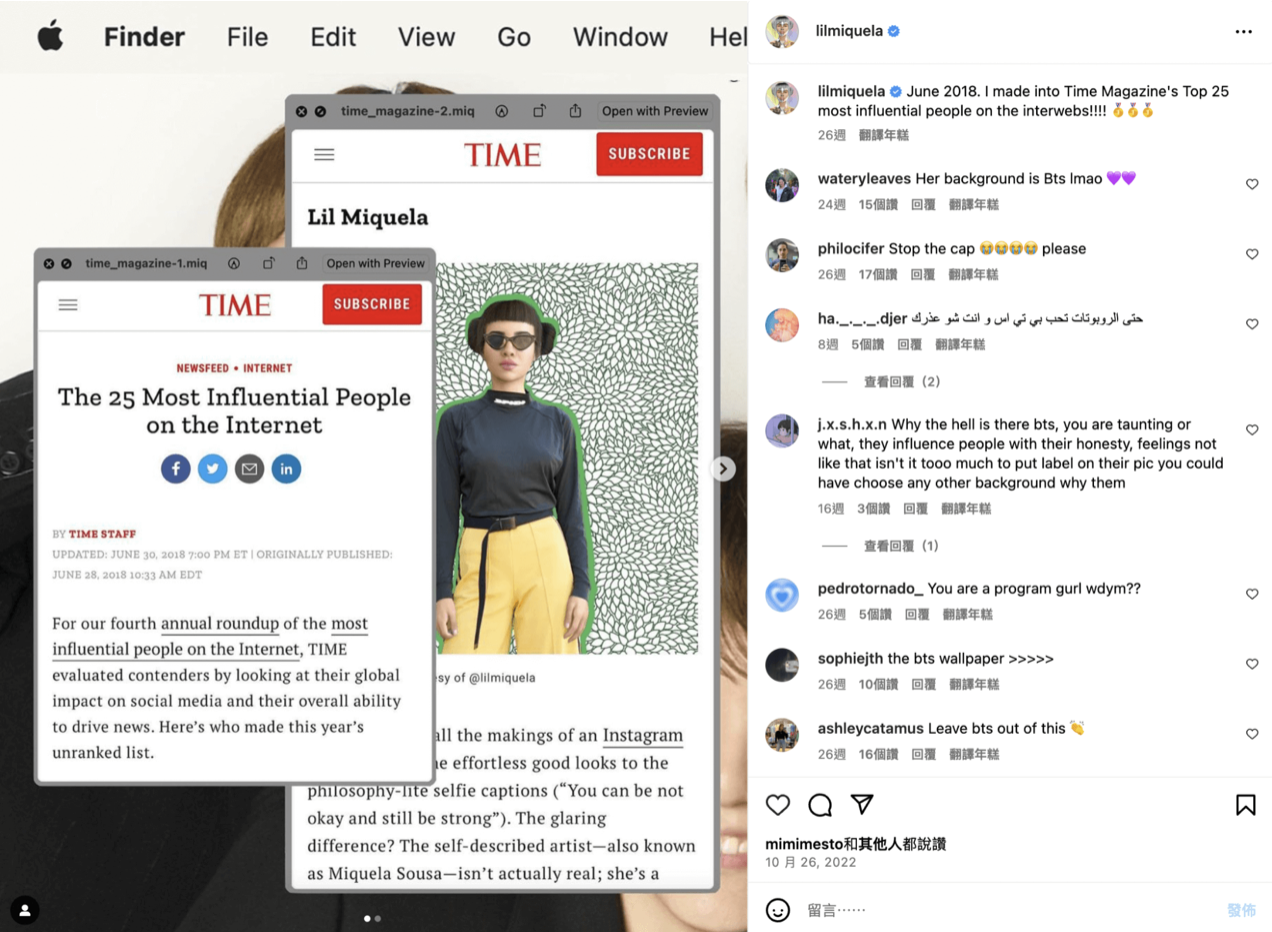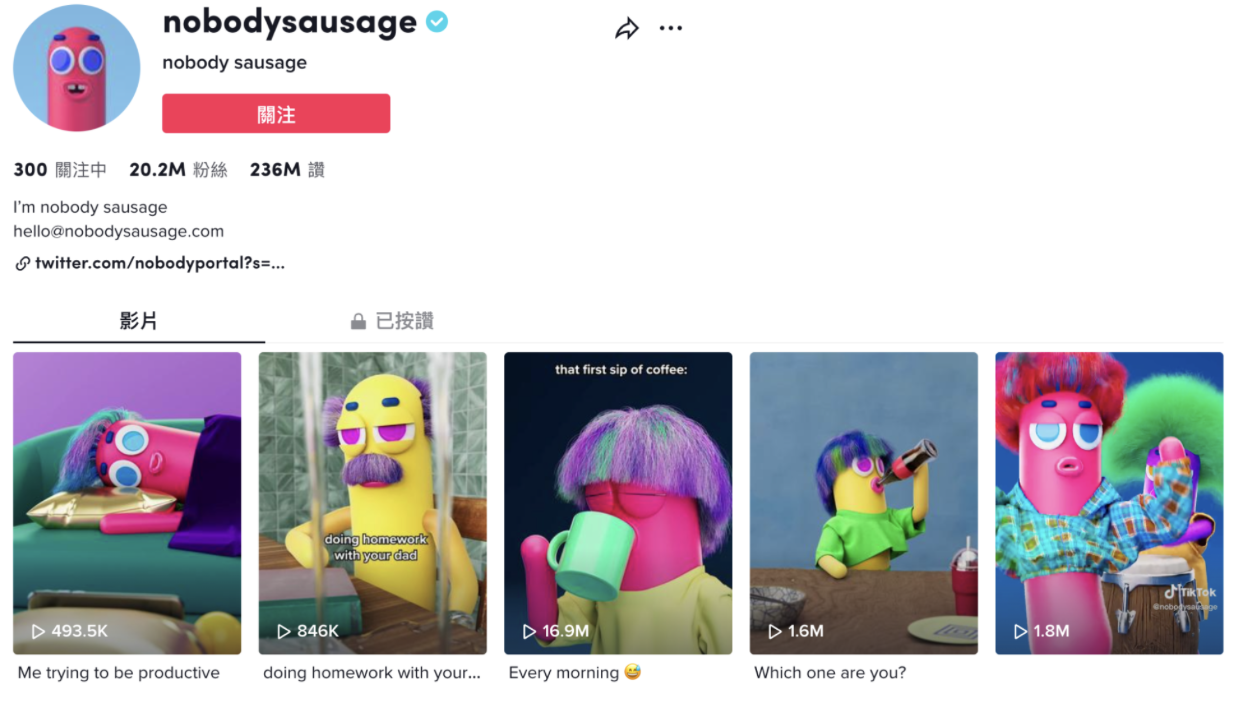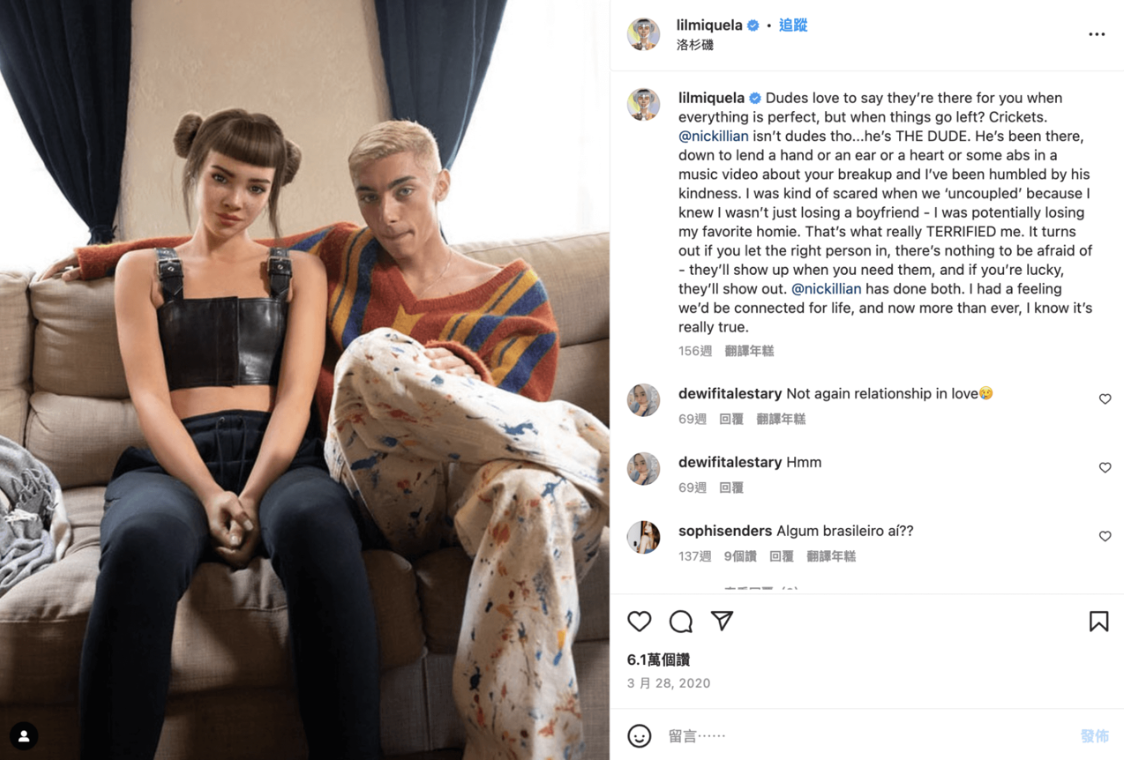With the advent of the AI era, virtual and real-life scenes have been seamlessly integrated into people’s lives. As competition in the influencer industry intensifies, “virtual influencers” have begun to compete with real influencers in the market. In 2019, Taiwan established the “Taiwan Virtual Influencer Association,” drawing the attention of many brands to this popular digital trend. Consequently, numerous brands have started creating exclusive virtual spokespersons. However, are virtual influencers truly more competitive than real-life influencers? Today, KOL Radar will delve into this question!
What Is an AI Virtual Influencer?
- The definition of AI virtual influencer
Virtual Influencers utilize technologies such as 3D modeling, Deepfake, AI (Artificial Intelligence), and computer-generated imagery (CGI) to create their personas. Similarly, virtual streamers (VTubers) employ similar concepts, generating their avatars via computer graphics and then planning and producing content with the help of a team behind the scenes. Some globally recognized virtual influencers include Lil Miquela (@lilmiquela) and Rozy (@rozy.gram). Like ordinary individuals, they can post updates and interact with fans on social media platforms while sharing aspects of their lives.
- Trends in AI virtual influencers in recent years
In its 2022 report, The Influencer Marketing Factory surveyed over 1,000 American consumers. The research findings indicate that 58% of respondents follow at least one AI virtual influencer on social media platforms. These virtual influencers are followed on various social media channels, including YouTube (28.7%), Instagram (28.4%), TikTok, and Facebook.
As mentioned earlier, a prominent virtual influencer like Lil Miquela (@lilmiquela) boasts nearly 3 million followers on Instagram. She has collaborated with internationally renowned brands such as Prada, Samsung, and Calvin Klein, serving as a brand ambassador and starring in various advertising campaigns. In fact, she was even selected as one of the most influential figures online by TIME magazine in 2018. This indicates the considerable popularity and impact of virtual influencers in the era of AI.

The primary objectives of virtual influencers in managing their social media presence are similar to those of real-life influencers. They aim to garner as many followers as possible, increase engagement on social media platforms, and ultimately build a persona that can facilitate product conversion and monetization of traffic.
In recent years, Taiwanese brands have also begun to create their own virtual spokespersons. For example, “農純鄉,” a maternal and child brand with annual revenue exceeding 100 million, launched the “Born for You, Voiced for You” virtual spokesperson project in 2022. This initiative claimed the highest honor: the “Taiwan Food Innovation Awards Industry Group Social Marketing Innovation Category Three-Star Award” for that year. It sparked enthusiastic discussions among netizens and generated 17,000 instances of fan interaction.
Therefore, it is anticipated that many brands will start experimenting with creating exclusive virtual spokespersons in the future. By crafting a character that perfectly aligns with their image, brands can create lasting benefits and utilize them as a perpetual asset. This strategy will enable them to grasp crucial communication channels that offer immediacy and contribute to the rejuvenation of the brand’s image in the evolving landscape of the internet era.
The Popularity of AI Virtual Influencers and the Reasons Behind ItThe advantages of brand collaborations with AI virtual influencers
1. A perfect image, all within grasp
Working with virtual influencers ensures consistent brand representation both before and after collaboration. Brands need not worry about the exposure of the influencer’s past controversies or negative news, which could potentially harm the brand image or incur marketing costs.
2. Creating an exclusive “persona”
Brands have the flexibility to shape the characteristics of AI virtual influencers, including their skin color, race, personality, and background, based on the specific requirements of individual products. They can tailor these virtual personas to align with the brand’s tone precisely and showcase products effectively. This allows brands to establish diverse AI virtual influencers according to their positioning strategies.
3. Increasing topicality as a communication channel with Generation Z
According to the “Influencer Marketing Factory” survey in 2022, 58% of American consumers aged 18 and above follow at least one virtual influencer, and 35% of consumers have purchased products promoted by virtual influencers. Among them, 40% are from Generation Z and Millennials.
Taking the example of ASUS’s 2022 launch of the new Zenbook 17 Fold laptop, the company enlisted three virtual spokespersons for the promotion. From left to right, they are 2D male singer Teflon Sega, popular virtual model Shudu, and fashion influencer Rae. This marketing campaign generated nearly 200,000 views on ASUS’s official Instagram account with just three Reels short videos.

4. Unrestricted by time and space
When negotiating collaborations, brands need not worry about conflicting schedules, as virtual influencers do not have physical limitations. Additionally, virtual influencers are not susceptible to last-minute cancellations due to unforeseen events.
The uniqueness of AI virtual influencers to audiences/fans
- Whimsical character design
In addition to AI-generated virtual influencers, there’s also “Nobody Sausage” created by animation artist Kael Cabral. Known for its vibrant colors and dynamic dance moves, Nobody Sausage is incredibly popular among Generation Z. With over 5 million followers on Instagram and an astonishing total of over 230 million likes on TikTok, its success is very much contributed to the rise of Reels and short-form videos.

- Subverting imagined character traits
When it comes to the representative figure of KFC, the first image that comes to mind is Colonel Sanders, with his white hair and kind face. However, in 2019, KFC transformed this iconic figure from a benevolent grandfather to a charming and fashionable older gentleman, overturning the established impression and successfully sparking conversations.

- Even as AI virtual entities, they possess “humanity”
The personality, image, background story, and other elements are all crucial factors that influence audiences to hit the follow button. Some argue that these characters successfully evoke emotions that real people would, leading followers to not only feel curiosity but also to develop emotional connections, making them more inclined to continue following these characters. For instance, virtual influencer Miquela has shared her feelings of heartbreak on social media after experiencing a breakup. She expressed her emotions following the end of her relationship, and followers from around the world flooded her posts with comforting comments, offering support and encouragement.

Concerns regarding AI virtual influencers
Considering the popularity of virtual influencers among Generation Z, should brands keep up? When hesitating over whether to engage in commercial collaborations with virtual influencers, several factors must be considered:
- 1. Generation Z favors novelty and may have a high level of engagement but also exhibits a relatively high turnover rate.
- 2. The investment required in terms of both hardware and software is high. Besides technical personnel, brands may need social media editors to assist in ongoing content management.
- 3. There’s a focus on establishing and maintaining connections with fans to sustain high interaction rates.
- 4. The preparatory phase is lengthy, requiring ample time for detailed adjustments.
KOL Radar offers complimentary influencer consultation services. Through our professional and trustworthy influencer marketing team, we conduct project assessments to effectively reduce the communication time and costs typically associated with the preparatory phase.
How Real Human Influencers Can Leverage Their Advantages
1. Increasing engagement on social media platforms and bridging the gap with followers
Finding topics that resonate with your followers and leveraging the KOL Radar platform to monitor metrics such as social media engagement and viewership rates can help maintain a high level of interaction. This approach is beneficial for attracting more attention from potential businesses and brands.
2. Reflecting on one’s own value proposition and expanding the audience demographic
Before creating content, it’s essential to consider the range of audience demographics you want to target. Instead of focusing solely on one demographic group, try to diversify by producing various types of content. This approach increases the likelihood of reaching a broader audience and generating more traffic.
3. Capitalizing on the pain point of “AI virtual influencers lacking real experiences”
Virtual Influencers are ultimately fictional characters whose overall content management relies on post-production by a team. They cannot describe or express real tasting experiences, product sensations, or precise color swatching. Therefore, real human influencers can leverage this characteristic to pursue collaborations that require actual experiences or trials.
4. Participating in physical events and generating innovative content
As the pandemic subsides, major brands are beginning to plan physical events. To increase exposure, influencers can actively seek commercial opportunities or collaborate with companies to monetize the traffic on their platforms.
5. Seizing every collaboration opportunity to accumulate positive feedback
Maintaining a positive and cooperative attitude when receiving brand collaboration invitations can help influencers earn favorable reviews within the industry. This can pave the way for more opportunities and future collaborations with brands when they arise.
The Integration of AI Technology: The Synergy Between Virtual Influencers and ChatGPT
According to Chen Feng-Ping, the chairman of the Taiwan Virtual Influencer Association, the association has been integrating industry talents, technology, and resources to promote the industrial development of VTubers in recent years. In addition to entertainment, AI, and VTubers can also be combined to serve the long-term care industry, attracting investment from various sectors and enabling Taiwan’s virtual influencers to scale up and keep pace with global trends. Moreover, in 2021, Baidu launched a service for creating virtual characters, expanding into industries such as entertainment, finance, and retail. They emphasize that these virtual characters not only engage in one-on-one interactions with users but also possess deep learning capabilities, much like the recently discussed ChatGPT.
The General Manager of Baidu’s Intelligent Cloud AI Application Products Division has stated that if digital virtual characters are used in live streaming, AI can be leveraged to automatically generate marketing speech content, providing automated and intelligent responses.
From this, it can be inferred that although AI virtual influencers are synthesized through computer technology if combined with AI models like ChatGPT, they could potentially be applied across industries such as long-term care, entertainment, and finance. Virtual influencers could possess vast knowledge and even host fan meetups, live streams, and more, thus providing companionship to people when needed. In this way, human society may quietly transition into the AI world without realizing it.
Conclusion
In this rapidly evolving internet era, there is a growing diversity of influencer types. When brands consider whether to collaborate with virtual influencers, they need to pay attention to factors such as the characteristics of Generation Z, brand positioning, and preparatory time before making a decision.
In such circumstances, using the KOL Radar platform can effectively reduce communication time and costs. Through its professional and trustworthy influencer marketing team, KOL Radar offers free influencer consultation services and conducts project assessments for brands. Therefore, KOL Radar can help brands find suitable virtual influencer collaborations more quickly and effectively while reducing communication and time costs associated with preparatory work.

If you would like to further understand influencer marketing, feel free to consult KOL Radar for free at https://www.kolradar.com/en/solution.
▶︎ This article may not be reproduced, reprinted, publicly broadcast, or publicly transmitted without permission. The copyright and image rights of the pictures and data referenced in this article belong to their respective owners.



